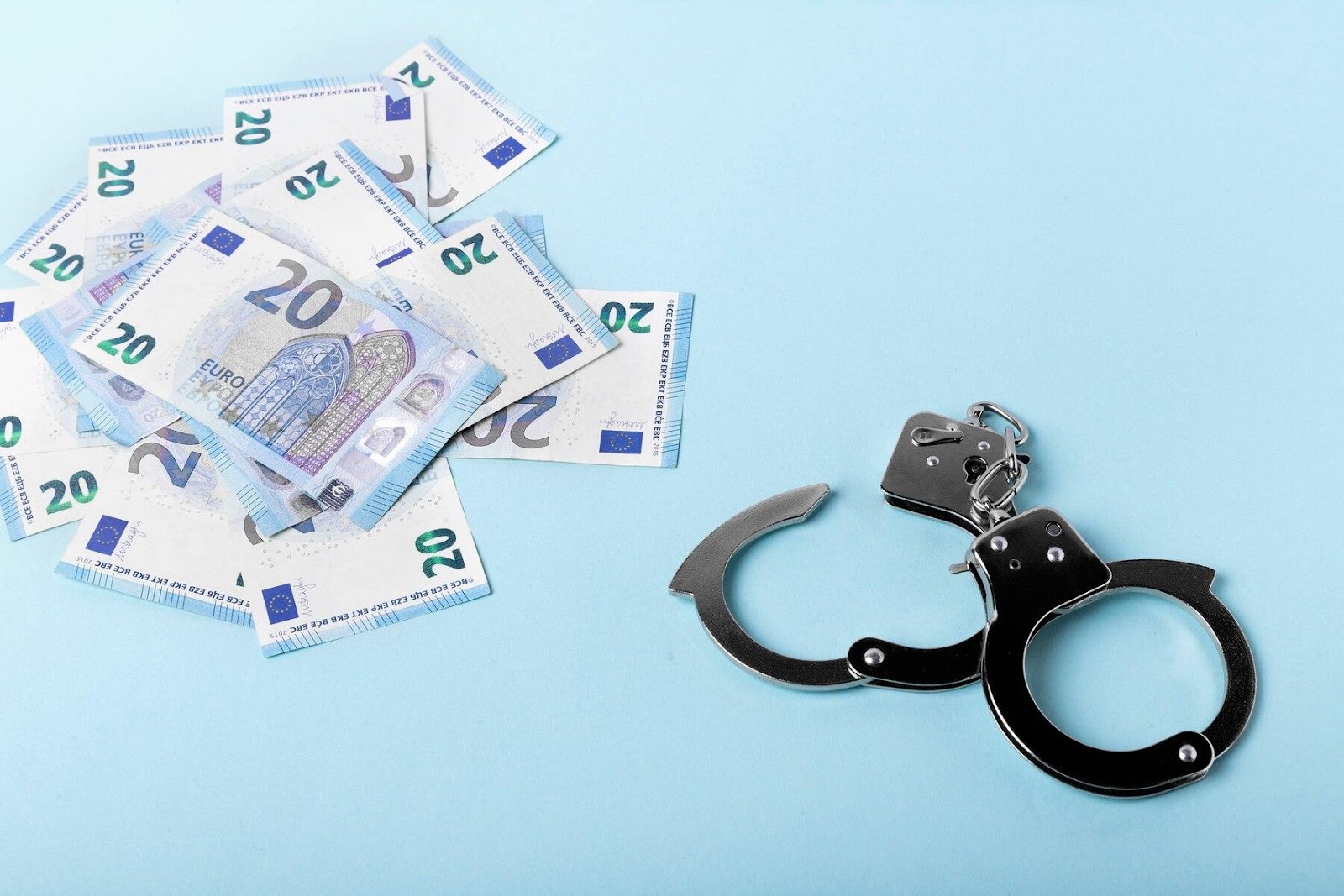In recent years, there has been a rise in the popularity of high-yield deposits and investment contributions that promise significant profits. However, this has also led to an increase in fraudulent schemes aimed at deceiving investors.
High-yield deposits are financial products offered by banks and financial institutions that promise returns on invested funds to their clients. Formally, this may seem attractive, especially in a low-interest-rate environment, but there is a risk of loss behind each high-yield offer.
People strive to make their money work for them, and high returns seem like an attractive alternative to traditional deposits. This is especially relevant in an inflationary environment, where the purchasing power of money decreases over time. However, many do not realize that high returns often come with high risks. It's important to remember this before deciding to invest your savings.
Fraudsters and Their Schemes
Unfortunately, fraud with high-yield deposits has become commonplace. Criminals use various tactics to deceive trusting clients. Let's consider some of the most common schemes:
False investment offers. Some companies advertise investment products that exist only on paper. They attract victims with grand promises—from beaches on tropical islands to smart financial technologies. Victims of such schemes lose all their money and usually cannot find the perpetrators. False investment offers may include:
- Fake accounts and contracts,
- False licenses and permits,
- Incorrect calculations.
It's important to understand that promises of high returns without providing transparent information are a sign of potential fraud.
Pseudo-deposits with high interest. Often, these offers come from fictitious companies that try to create the appearance of a legitimate business.
Fraudsters may use internet platforms and social networks to promote their "deposits," enticing clients with the possibility of high returns. Such schemes may result not only in the loss of funds but also in the loss of trust in the financial system as a whole.

How to Check a Bank Before Depositing
Before entrusting your funds to any financial institution, it is necessary to conduct a thorough check. This will help avoid unpleasant situations and protect your savings. First of all, research licenses and regulation
All serious banks operate under strict control of government financial authorities. Check if the bank has a valid license and is under regulatory supervision. In Russia, such a regulator is the Central Bank, which provides a list of licensed banks and financial organizations.
To verify the legitimacy of a bank, you can:
- Visit the Central Bank's website and review the list of licenses,
- Consult with competent specialists,
- Study independent reviews and ratings.
- Familiarize yourself with customer reviews
An important indicator of a bank's reliability is customer feedback. Searching for information about a financial institution on independent resources will help you understand what problems existing clients face. Pay attention to recurring negative comments, especially regarding withdrawals and customer service.
Reviews can be found on specialized websites, forums, and social networks. It is also helpful to ask friends and acquaintances about their experience with the bank.

How Not to Fall for Financial Scams
To minimize the risk of falling into the trap of fraudsters, it is important to follow simple recommendations.
- Be vigilant. If you are offered returns significantly higher than the market average, this could be a red flag.
- Always check the deposit conditions and pay attention to the clarity and transparency of the information provided by the bank.
- Don't rush into investments. Avoiding spontaneous decisions is important to protect your savings. Do not make decisions about investing money under pressure or promises of quick profits.
It is also worth consulting independent financial advisors who can help you understand how profitable or safe your decision is.

Financial Pyramids with Deposits
Financial pyramids are one of the most risky forms of investment fraud. These are schemes in which money from new investors is used to pay returns to previous ones. They may seem legitimate, but ultimately they end in collapse and loss of funds.
There are several characteristic signs to look out for when choosing a place to invest your funds:
- Lack of company license and registration,
- Promises of incredible high returns,
- Lack of transparency in terms and absence of written agreements,
- Directing clients to attract new investors (referral programs).
If you see these signs, be cautious and do not make hasty decisions.
Fake Financial Programs
In addition to the described schemes, there are fake financial programs that offer asset management services or investments in high-yield projects. Participation in such programs can lead to serious financial losses.
To avoid falling into a trap, always conduct a thorough check of any organization offering such services. Make sure that:
- The organization has the necessary license,
- All conditions and risks are clearly stated in the contract,
- There are real customer reviews.
Communicating with experts, studying specialized sources of information, and becoming familiar with consumer rights are additional steps to verify the reliability of financial programs.

Conclusion
Fraud with high-yield deposits is a serious problem that affects many people and can lead to significant financial losses. By understanding potential fraud schemes and applying simple precautions, you can minimize the risk of losses and protect your savings. It's important to remember that high returns often come with high risks. Therefore, before making investments, always conduct thorough research and do not let emotions make decisions for you.
